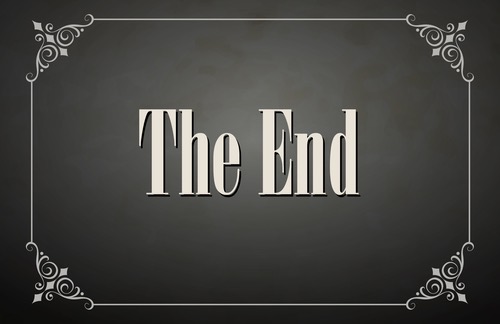
Captions have become an integral part of our media consumption experience,
making content accessible to a broader audience. They provide not only accessibility
for those with hearing impairments but also benefits for viewers in noisy
environments or non-native speakers. So where did captioning come from.

Silent Films
We’ve all seen the old silent films in the early 1900’s. The very dramatic way that
everything was done. And the text cards being shown throughout the film to help
audiences understand the dialogue and narrative. These primitive forms of captions
were essential for storytelling in the absence of synchronized sound.
In the early years of cinema, captions were permanently etched onto the film print
and displayed on the screen for all viewers. This approach, known as open captions,
became a standard practice in silent films.
 Emergence -1970’s
Emergence -1970’s
The significant shift towards closed captions occurred in the 1970s with the advent
of television. Closed captions are text overlays that can be turned on or off by the
viewer. The first closed captions were developed as a service for Deaf and hard-of-
hearing individuals, providing them with access to televised content.
 And Next
And Next
In the United States, the Television Decoder Circuitry Act of 1990 mandated that all
television sets with screens 13 inches or larger be equipped with built-in closed
captioning capabilities. This legislation marked a significant milestone in making
television accessible.
With the rise of digital media and online video streaming platforms, captions have
become a standard feature. They not only serve a crucial role in accessibility but also
enhance the user experience by allowing viewers to watch content in noisy
environments, without disturbing others, or in a language they are learning.
 Global
Global
Captions are not limited to English-speaking regions. They have been adopted
worldwide, with many countries developing their own standards and guidelines for
captioning in various languages. This global adoption has made content accessible to
diverse audiences.
Advancements in technology have enabled real-time captions, which are generated
on the fly. These captions are often used in live broadcasts, news programs, and
sports events, making content accessible as it happens.
 Accessible
Accessible
Mobile devices have further expanded the reach of captions. Today, smartphone
users can easily enable captions on videos across various apps and platforms,
Digital accessibility empowers everyone regardless of ability to share their unique perspectives, experiences, and stories through various online platforms, such as blogs, social media, and video content. This fosters a more diverse and inclusive online community.
Conclusion
Captions have come a long way from the early days of silent films to being a
standard feature in our digital lives. They have transformed from a necessity for
those with hearing impairments to a tool that enhances the viewing experience for
everyone. As technology continues to evolve, captions will remain a vital component
of accessible and inclusive media consumption, ensuring that no one is left behind in
the digital age.
